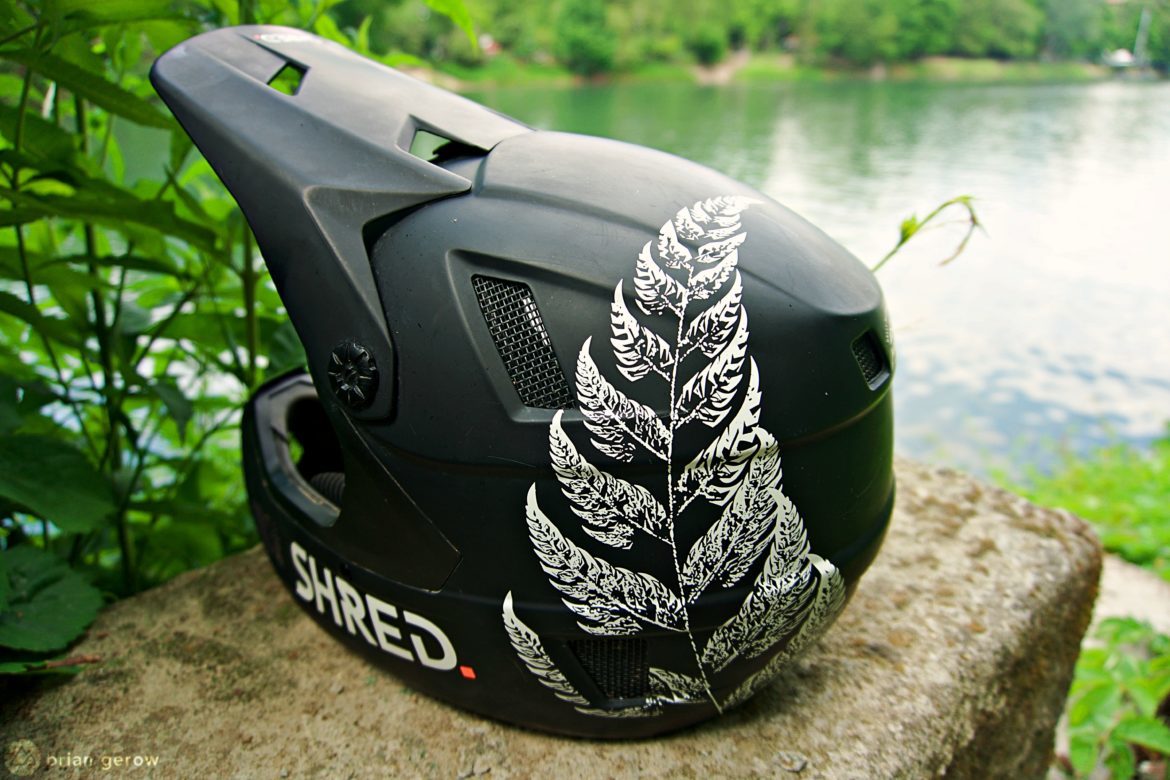
Today, few mountain bikers give a second thought to donning a hydration pack and a helmet before every ride. In many places wearing a helmet is not only mandatory, it’s more socially acceptable than the alternative. And for good reason.
A fellow rider once told me that people who wear full face helmets are considered the “bad kids” within her local mountain bike community. It’s thought that people who need full protection are the same ones building dangerous jumps and blowing out all the berms. She said that when she teaches skills clinics for kids she will put on her full face lid to scare them into attention. Those folks who are pointing fingers might have a different idea around full face protection after reading the stories below.
Below two riders share, in their own words, how protective equipment saved them from more serious injury.
Adam Craig
Former racer with Giant Factory Offroad Team, and current Trans Cascadia promoter.
Normally crashes happen on the descent. Speed is generally a factor in big mistakes. But not always. I was recently riding in British Columbia with an old friend who normally is into speed and intensity, but, after an injury, has had reason to focus more on the climbs.
We agreed that on our long climb up an old hiking trail, we’d try to ride as much of the climb as possible. A good old-fashioned “Hill climb Challenge.” With recent rain giving way to bright sun, the traction was perfect and we kept surprising ourselves with what we could climb. After hiking across a steep scree slope, the trail somehow became barely rideable again, despite being narrowly benched into the mountainside. So, as with any challenge, I remounted and attacked the next section.
This didn’t last long, as my front tire snubbed a rock just as my rear tire stalled on a different one and suddenly I was awkwardly out of momentum. I had to dab on the outside of the trail, and, well, there was no trail where my foot tried to find a safe haven. So, I immediately fell about fifteen feet, blindly rotating onto my back and realizing that I was in real danger.
The first impact was on a large chunk of granite. Thankfully my hydration pack took the brunt of the impact. I knew this was about to get really bad as I bounced further down the mountainside. Luckily, I was able to grab onto an Alder bush and self-arrest before rocketing out onto an open scree slope.

Other than a helmet, my pack was my only “protective gear” and it really saved the day. I always consider a hydration pack as a critical piece of protective equipment, plus, it’s handy for carrying water, snacks, tools, a jacket, and first aid plus maybe some bear spray.
Megan Chinburg
Former elite XC/enduro racer and avid rider.
Until a couple of years ago, I would never have considered wearing a full-face helmet or kneepads.
There have been two particular crashes in recent history that have contributed to this newfound commitment to extra protection. While I realize that protecting my brain and body should probably be reason enough to don the sweat-inducing gear, sometimes it takes good old experiential learning to drive a point home.
Two years ago, while shuttling some riotous and wild rocky trails in San Remo, Italy, I found myself chasing a much faster friend down the trail. I was really pushing my comfort zone to keep up with him and was feeling awesome, taking lines I would normally balk at and descending well above my normal play-it-safe speed.
I have no idea what hole my front wheel found, but one minute I was slamming my bike through a particularly hairy rocky section, the next I was slamming my face and chest directly into those same rocks. It happened so quickly, I didn’t even have time to react, I just slammed straight over the bars and face-first into the ground. I took my helmet off in order to inspect my body for any particularly sensitive spots or concerning levels of blood loss and realized that I had completely smashed the chin bar on my full face helmet. Earlier that morning, as we had set out to ride, I had questioned my helmet choice, knowing it would be warm and we would be doing a lot of climbing. I almost opted for the half-shell lid, and I am so thankful that I didn’t.

We would like to thank Adam and Megan for sharing their traumatic narratives. Do you have a story about a helmet or hydration pack saving the ride? Please share it in the comments below.





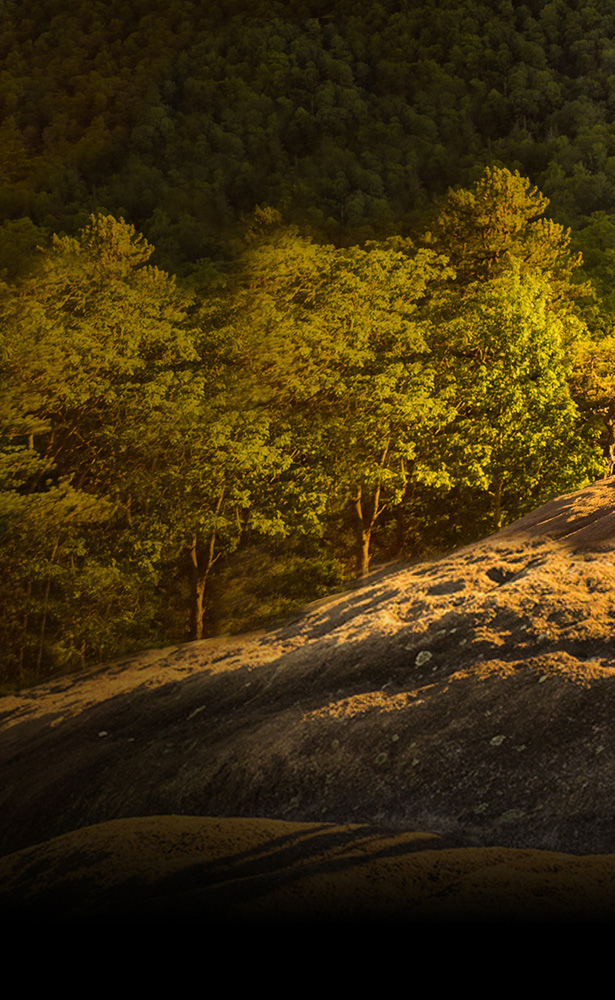
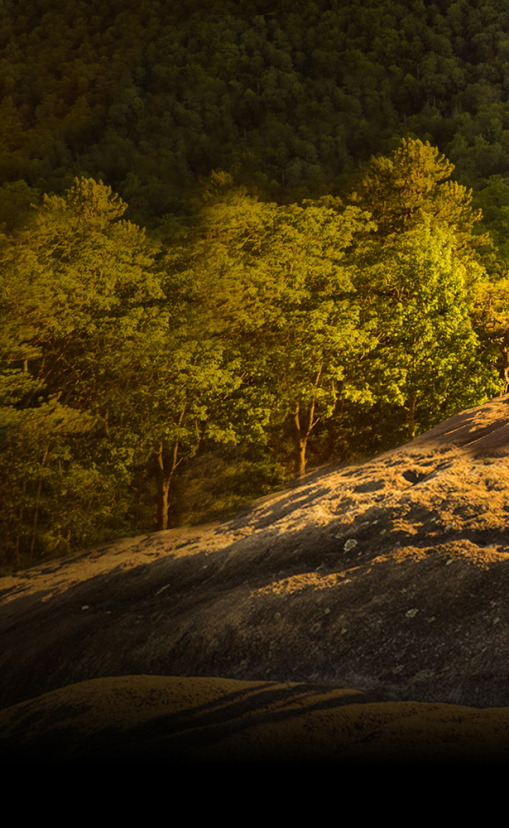
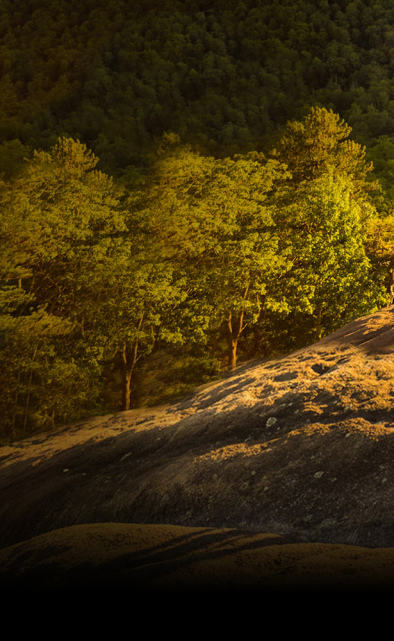
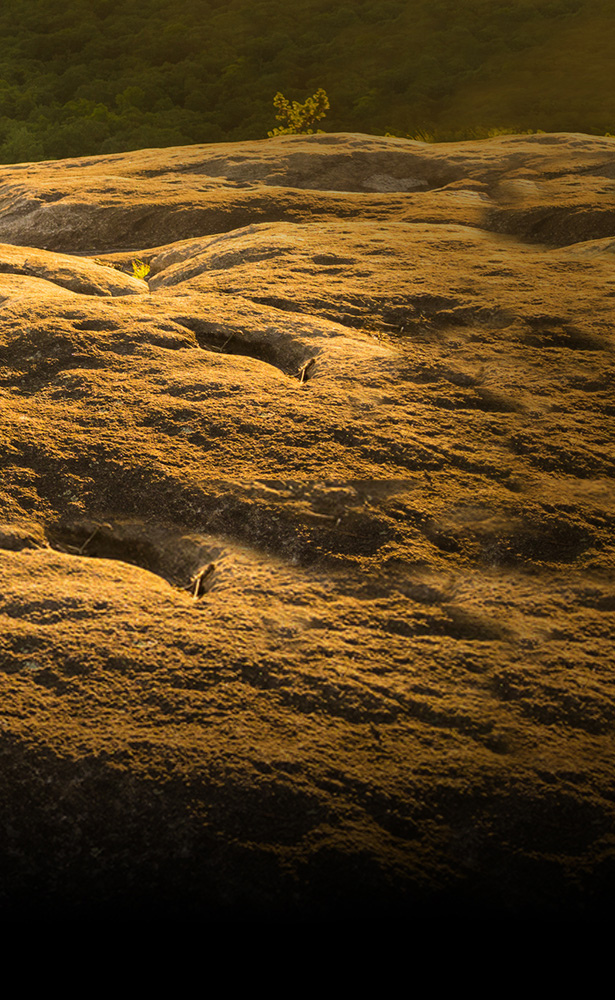
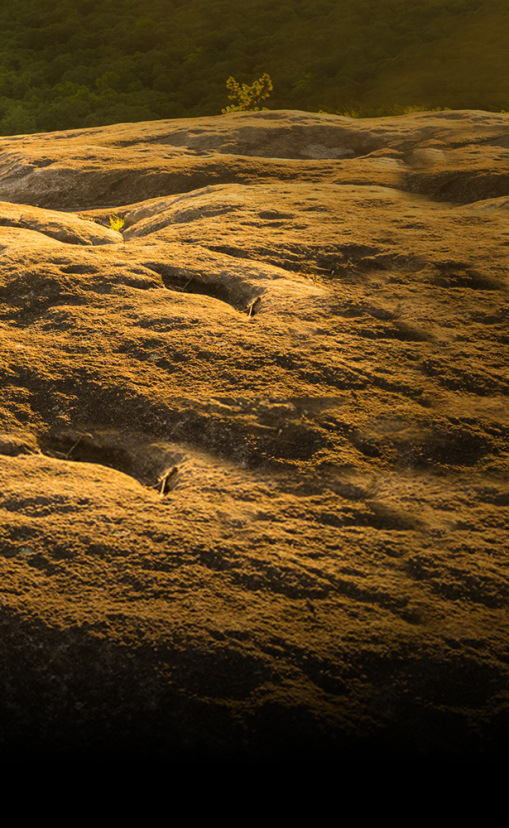
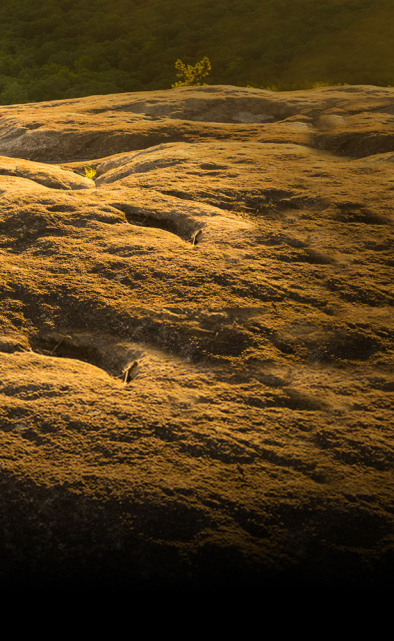


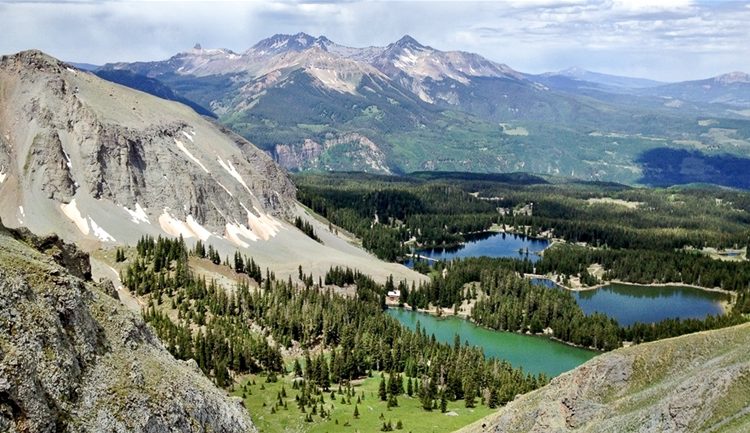

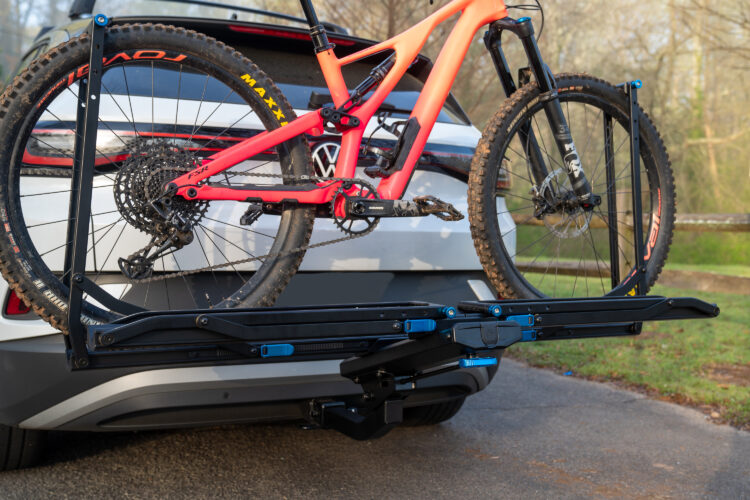

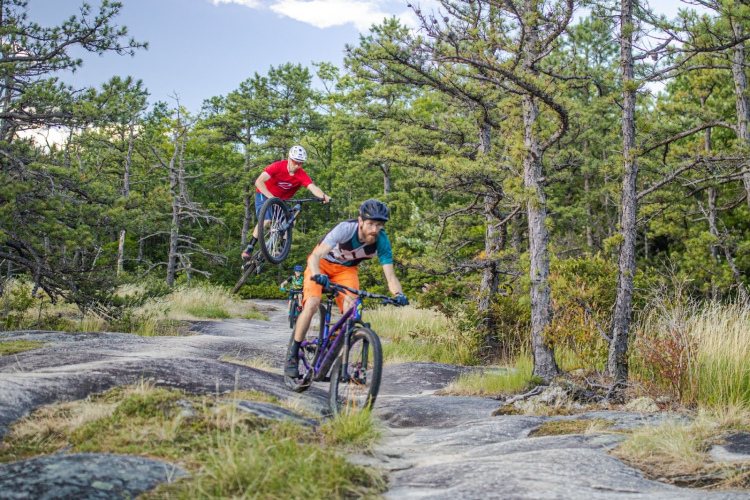
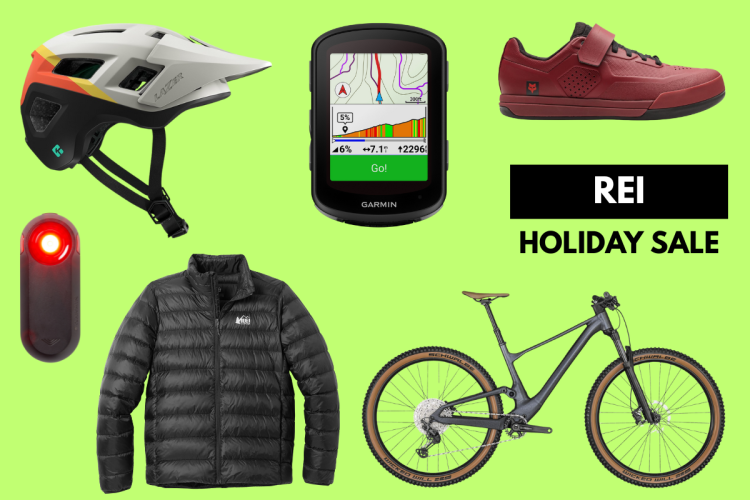

4 Comments
Dec 1, 2019
Nov 25, 2019
Dec 26, 2019
Nov 29, 2019